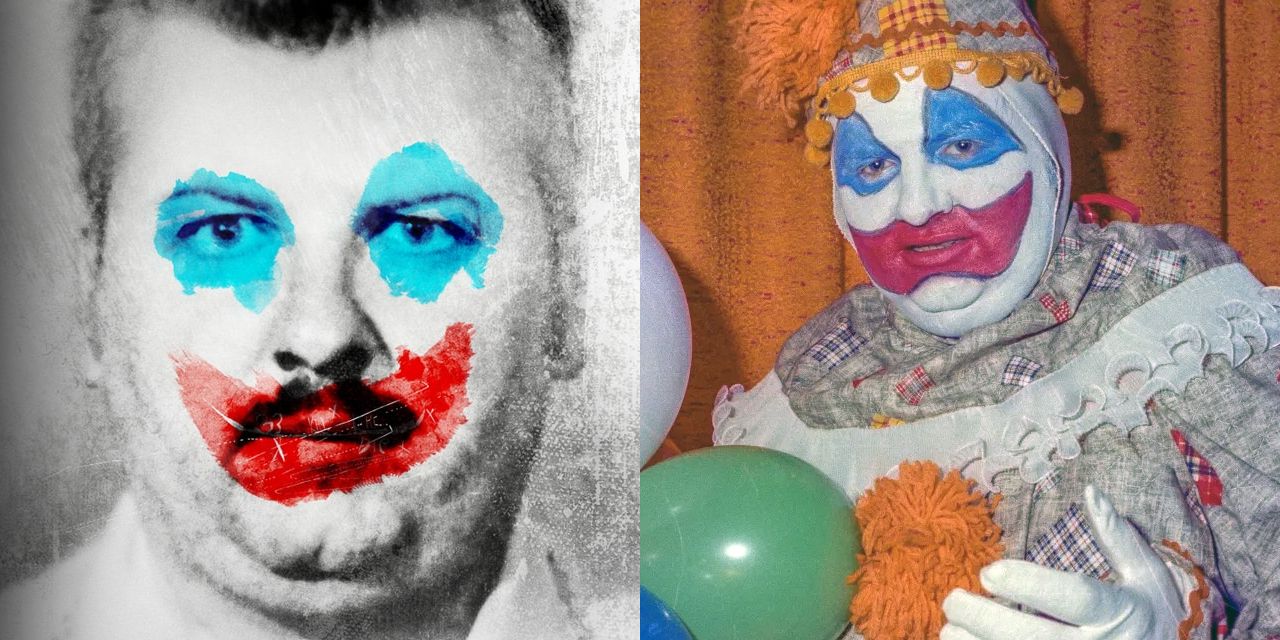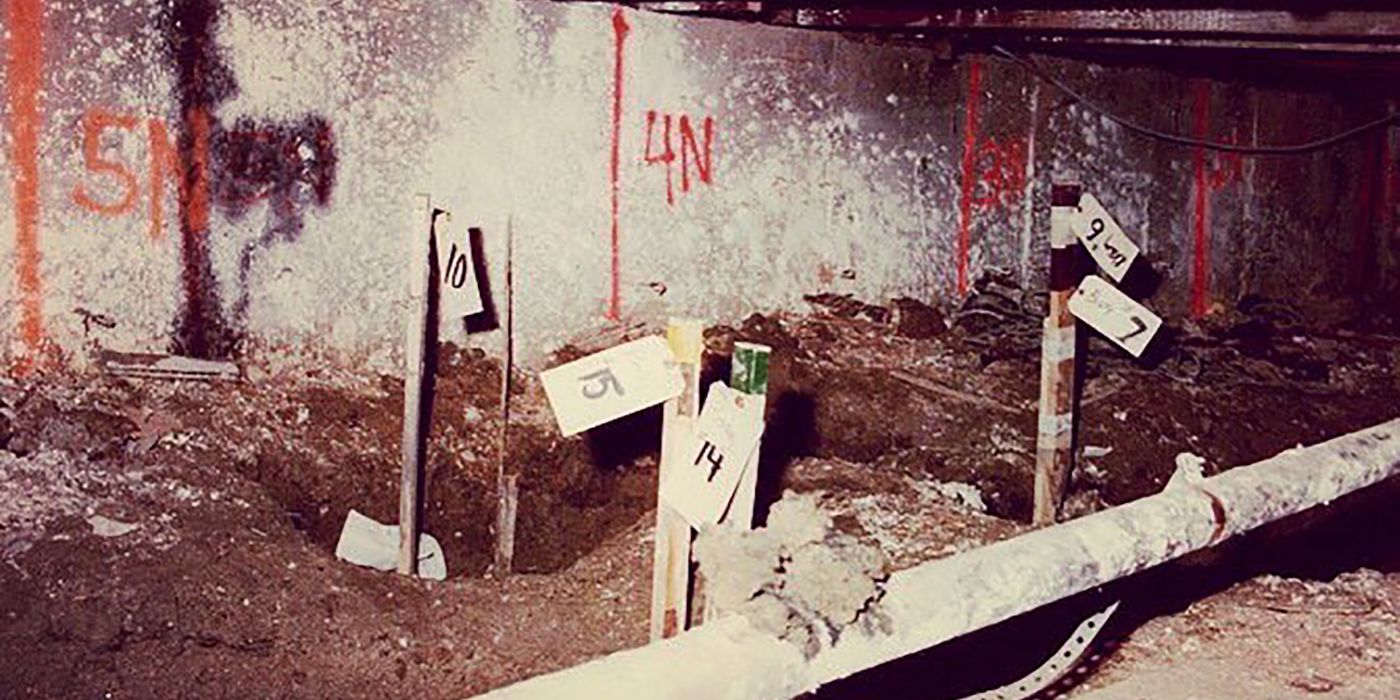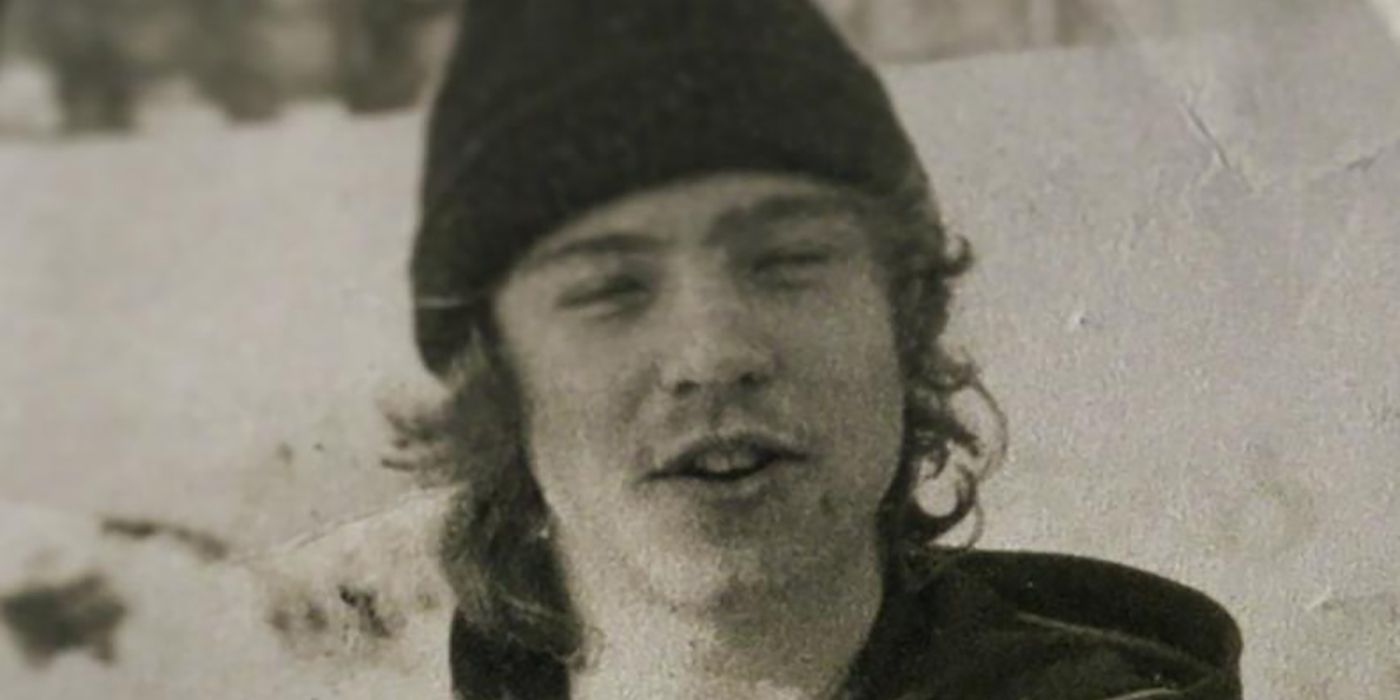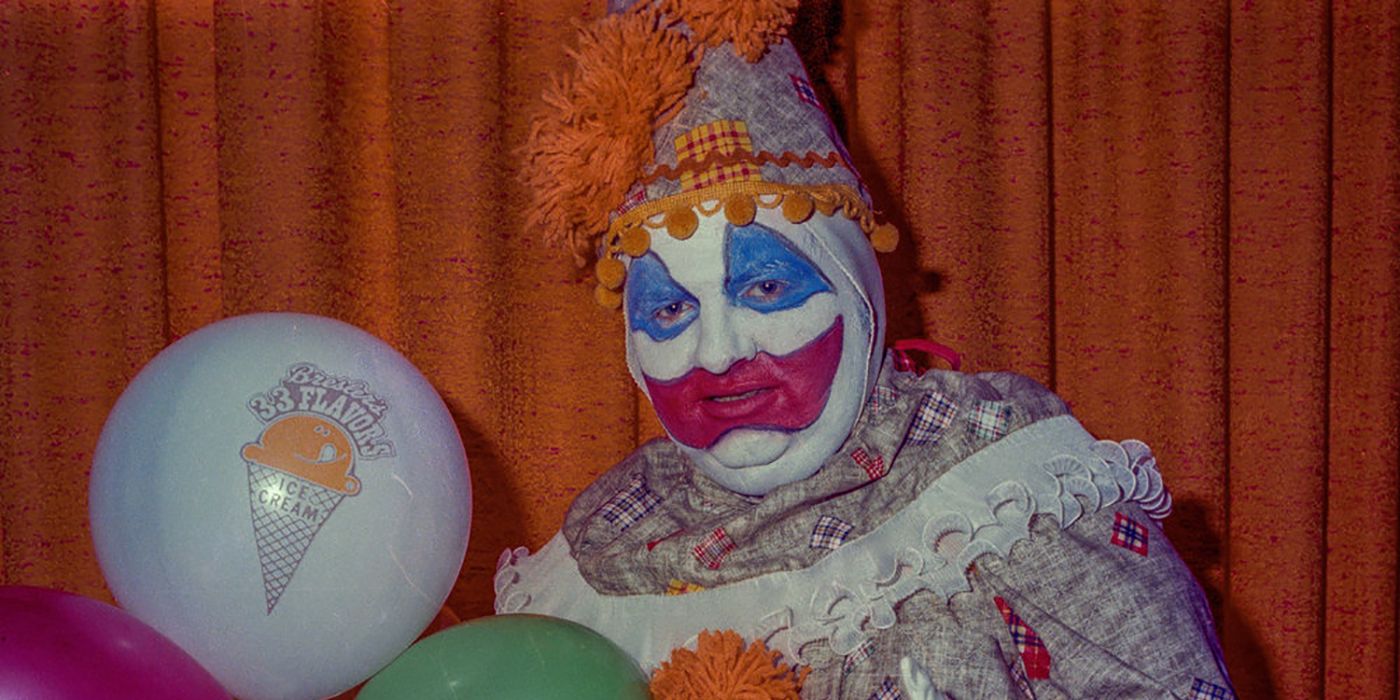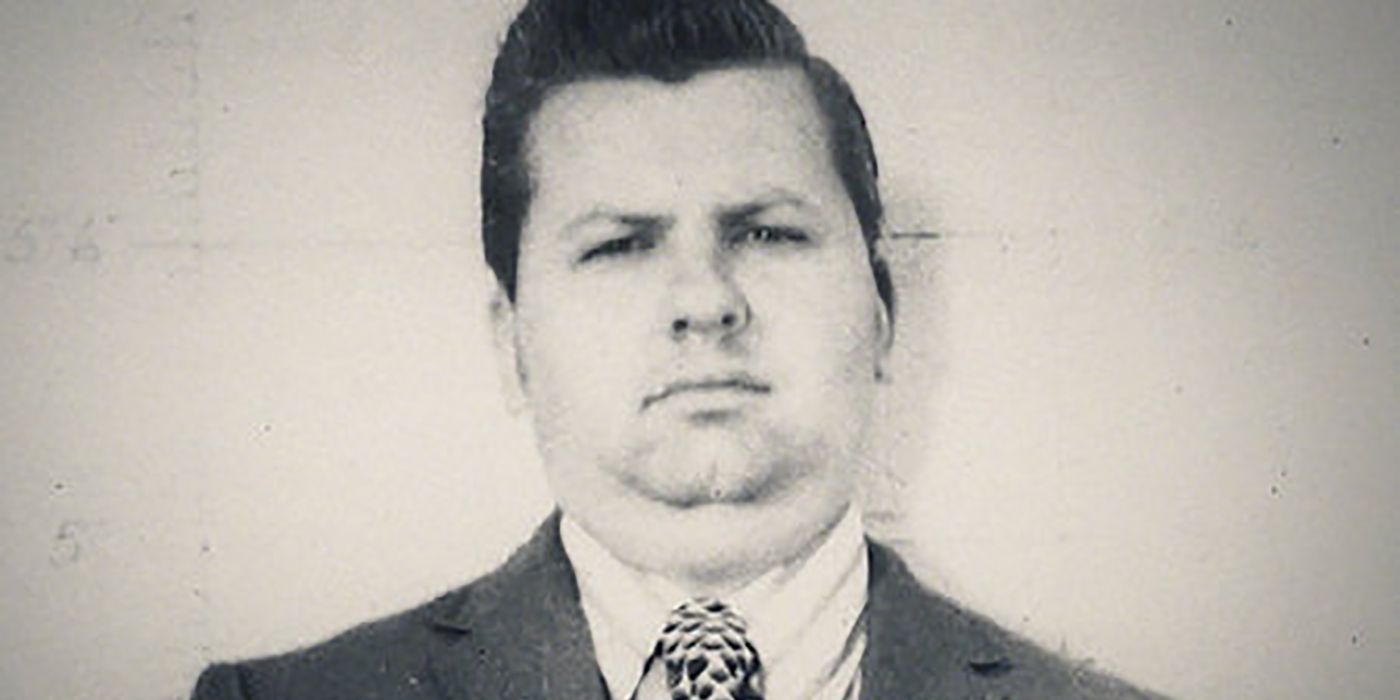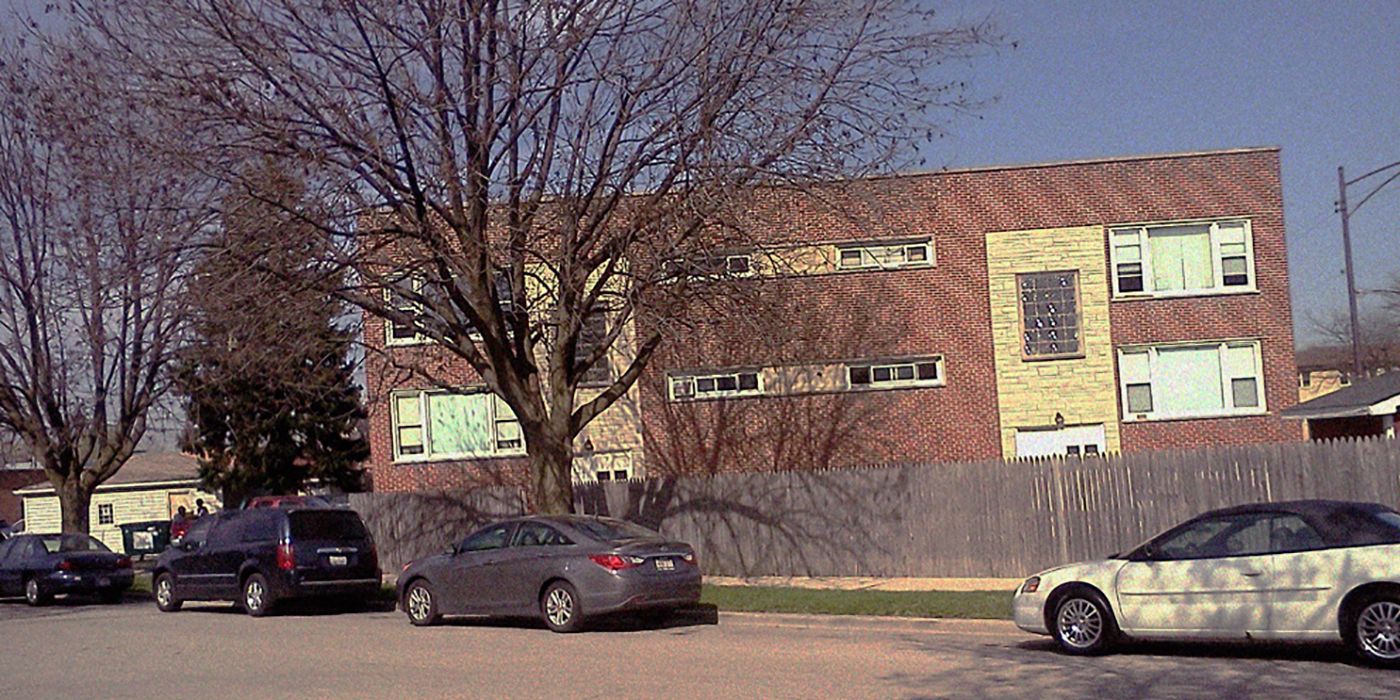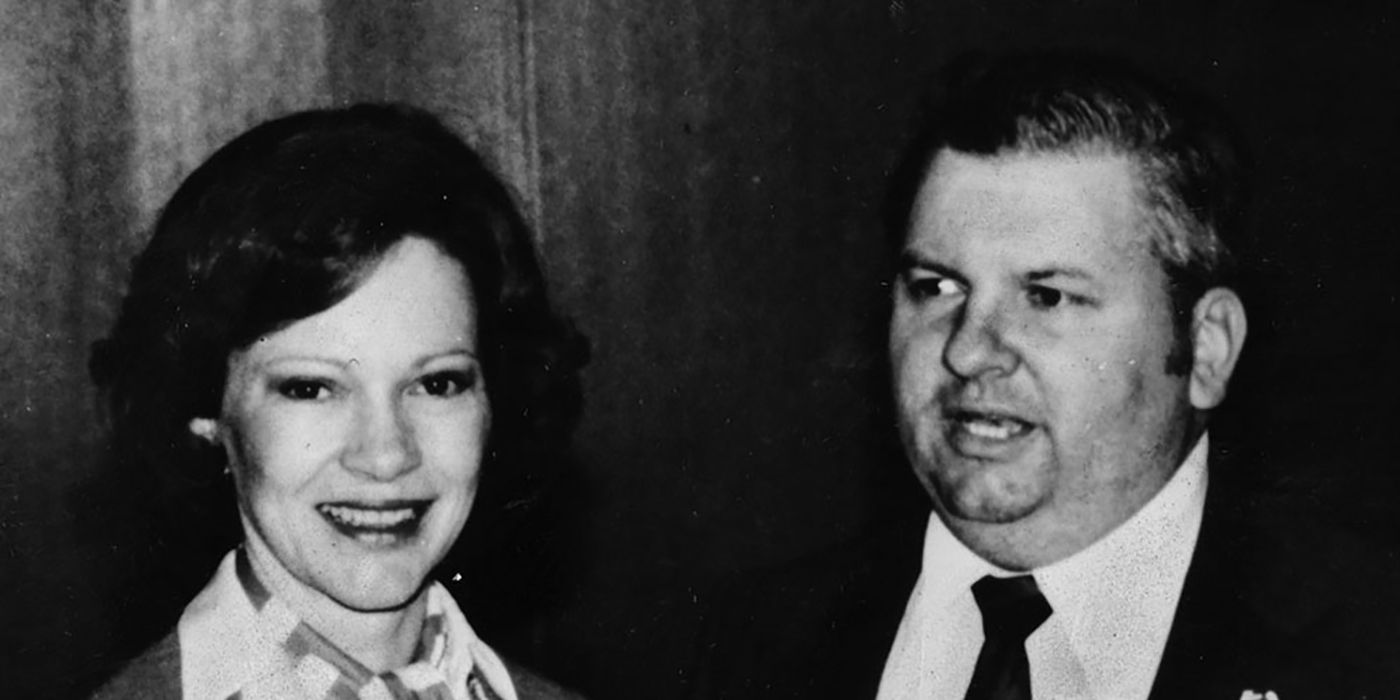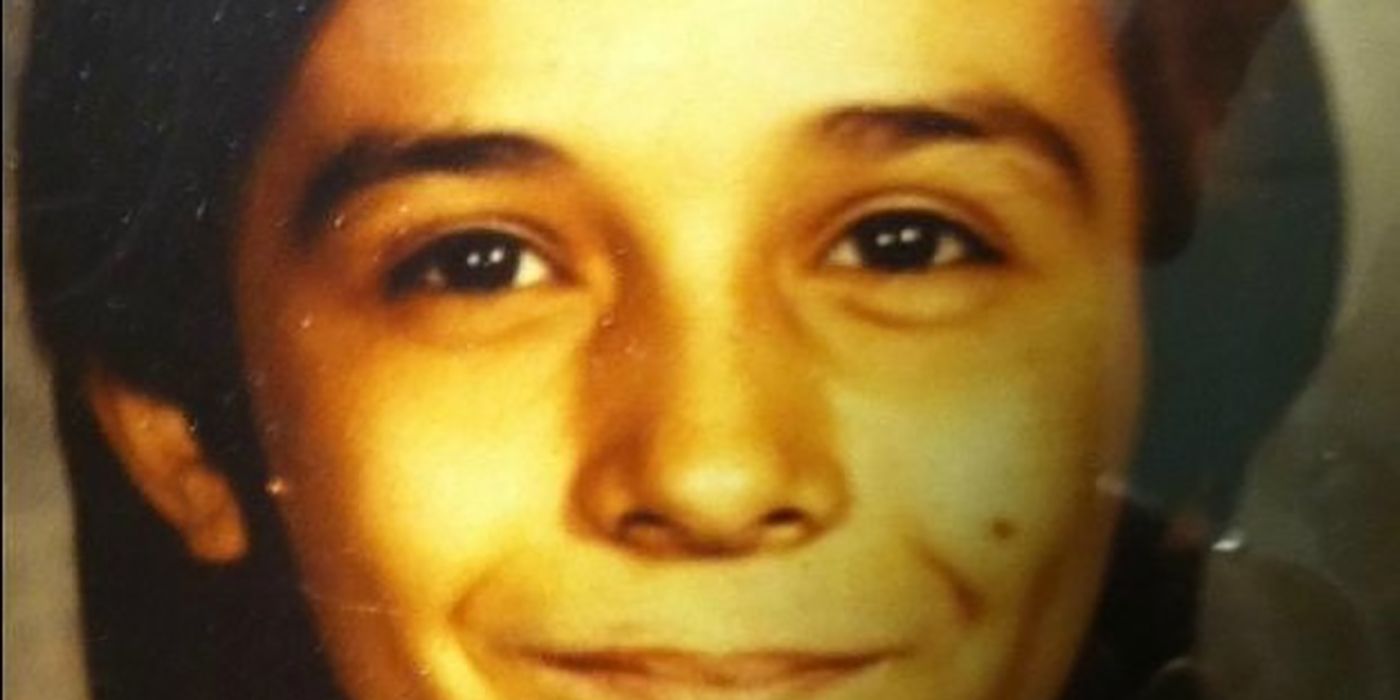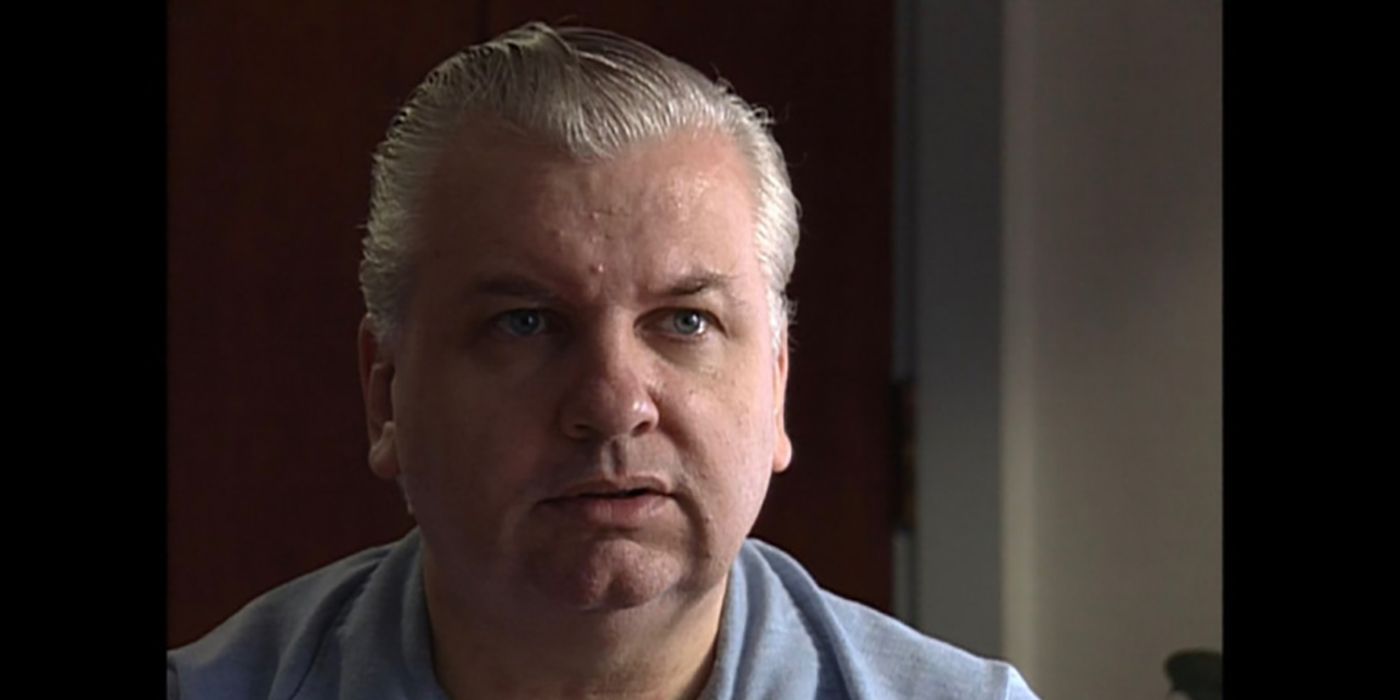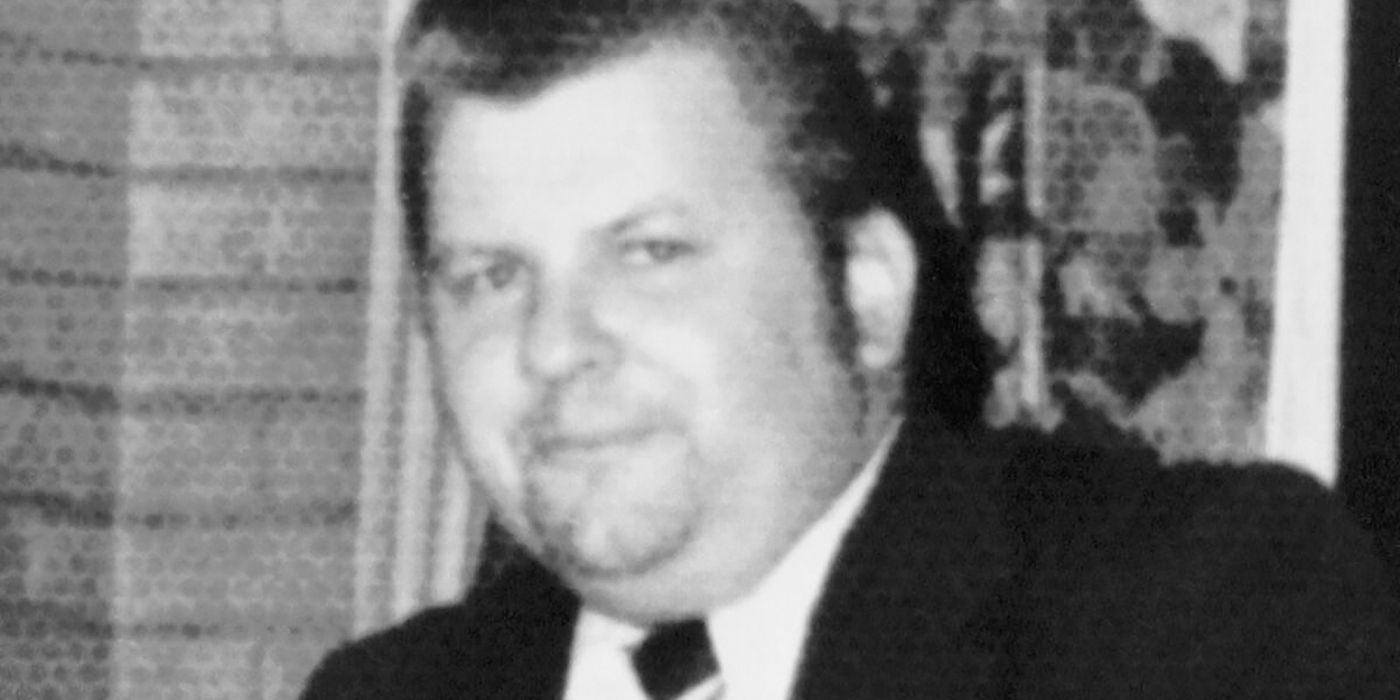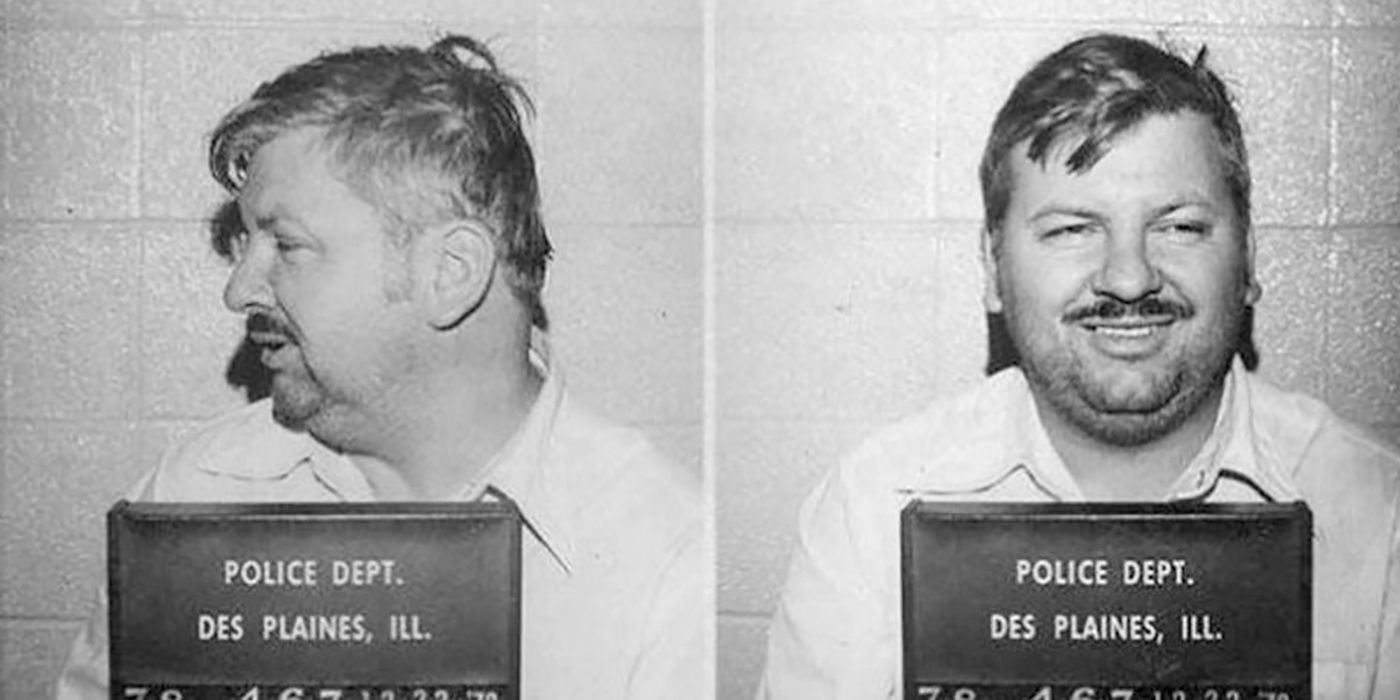Often referred to as the Killer Clown, there was a lot more to the story about John Wayne Gacy's assault and murder of at least 33 young men throughout the '70s.
Peacock has thrown its hat into the true crime ring with the limited series John Wayne Gacy: Devil in Disguise, one of the streaming service's newest originals. Produced by Rod Blackhurst, the man behind Amanda Knox, the series reveals the timeline of the murder investigation, details about Gacy's personal life, both before and after his conviction. Several key players were interviewed through the six hour-long episodes, including FBI profiler Robert Ressler's 1992 interview with Gacy, which had never before been shown to the public.
While the series reveals a lot of facts that most people don't know about the killer, there are also some details that are left out.
Learn: Other People Might Have Been Involved
The true-crime docuseries really brought to light how Gacy might not have acted alone. He had several teenage and young men working under him for his construction company PDM Contractors, many of whom ended up being his victims. But two in particular were never killed: Michael Rossi and David Cram.
Both men did odd jobs for Gacy, including digging the graves in the crawlspace of his home, which they were told was for the purposes of plumbing. But the fact that they were told to do things like pour lime in the area, that Rossi was found driving the car of one of Gacy's missing victims, and that they might have had sexual relationships with Gacy, opened the door to plenty of suspicion that they could have either been involved or at least knew more about what was going on than they admitted.
Doesn't Tell You: Where Is Michael Rossi Now?
While David Cram died of suicide in 2001, as revealed in the true-crime docuseries, Michael Rossi is still very much alive. Many of those interviewed for the series urged him to come forward with more details that they believe he might have on Gacy's actions, and that could bring closure to families who still haven't found out what happened to their missing members.
So many things were puzzling about Rossi's relationship with Gacy and his potential involvement, unwittingly or otherwise. One thing that really confused those on the prosecution side was that Rossi had a very expensive, very connected lawyer with him when he testified.
Learn: The Clown Job Had Nothing To Do With It
Gacy dressed up as Pogo the Clown or Patches the Clown and performed in hospitals and other events as a means to lure his victims. This visual, in fact, inspired so many horror movies about killer clowns. But a common misconception is that he used this job to lure children, which was actually not true at all.
While Gacy did perform as a clown on occasion, there's no evidence to suggest that part of his life had anything to do with the darker side. Rather, the series points to Gacy's construction business where he hired young men to help as his primary means of finding and luring victims.
Doesn't Tell You: His Medical Condition Was Never Diagnosed
Gacy mentioned how he used to have blackouts during his early years, potentially the result of a heart condition. The series doesn’t meant, however, that Gacy's father, who was abusive, didn't believe Gacy's condition was real and suggested he was faking it for attention.
Whatever the truth, Gacy's condition was never officially diagnosed, though he did spend a lot of time in and out of hospitals as a young child and teenager.
Learn: People Believe There's Another Gravesite
Most people agree there are likely more Gacy victims who were buried elsewhere or even killed in different states. But there's one location in particular where some believe that bodies may be buried: on the property where Gacy used to do janitorial work and where his mother lived. Many neighbors reported seeing him lurking around late at night, sometimes with heavy bags.
The police report having searched the area and found nothing, but others believe that a true and complete dig is required to locate bones that might be there. Wherever the bodies, it's likely there are other unsolved murders linked to Gacy.
Doesn’t Tell You: Where Are His Children?
The series mentions Gacy became a father in 1966 and again in 1967 when his two children Michael and Christine were born. But their whereabouts today are understandably not addressed. Not surprisingly, the two have never spoken about their relationship with their father and have tried to stay out of the public eye.
It's very likely that, as is the case with the children of serial killers mentioned in many other true-crime docuseries, they have changed their names to maintain their anonymity. Both would now be in their 50s, likely with families and careers of their own. The book Killer Clown: The John Wayne Gacy Murders notes Gacy never saw his children following his divorce from his wife Marlynn, so they likely don't even remember their time with him since they would have been so young.
Learn: Some Victims Could Have Been Misidentified
There are theories that some of the victims could have been misidentified. Back in the '70s, authorities had to rely solely on dental records. One mother, in particular, had a body exhumed after she had a nagging feeling that it was not her son.
Following a lengthy process, the mother of Michael Marino claims evidence they discovered suggested the body did not belong to her son. This could be the case with other bodies, as well. Meanwhile, several still remain unidentified to this day.
Doesn't Tell You: Gacy Hired An Employee To Intimidate A Victim
The series discusses the sexual assault of 15-year-old Donald Voorhees in 1967, who heroically came forward with his story, which led to Gacy being charged. But it did not discuss how Gacy had commissioned an employee, Russell Schroeder, to intimidate Voorhees to prevent him from testifying in court.
Schroeder allegedly took Voorhees to a park, sprayed his eyes with Mace, and beat him up. When Voorhees reported the attack and identified Schroeder as the perpetrator, Schroeder was arrested before revealing Gacy had hired him.
Learn: He Was Well-Connected
Not only did Gacy have plenty of political connections, but the series suggests there might be some cover-ups involved because of them. He was not a recluse but rather a known figure in the community, completely contradictory to what some might believe a serial killer to be.
He also had political aspirations of his own, as a Democratic Party precinct captain. Aside from his ability to lie and manipulate people, including the police, and seamlessly change the subject to deflect attention away from himself, some people believe his position in society has something to do with how he was able to go undetected for so long.
Doesn't Tell You: Gacy Was Stabbed In Prison
While the series focused on how Gacy was supposedly a model prisoner who created a lot of art and followed all the rules, he wasn't exactly a favorite inmate by all. In 1983, he was stabbed by another inmate on Death Row, Henry Brisbon, who was known as the I-57 killer.
A second inmate, William Jones, was injured in the attack, as well. But both came out alive with only superficial wounds.

